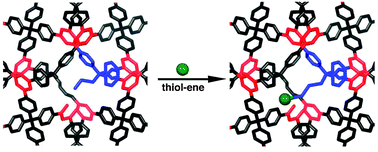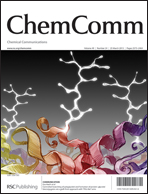Postsynthetic functionalization of 3D covalent organic frameworks†
Abstract
We demonstrate a tandem truncation–functionalization strategy using the 3D covalent organic framework, COF-102. Allyl groups incorporated within the pore walls were subjected to


 Please wait while we load your content...
Please wait while we load your content...